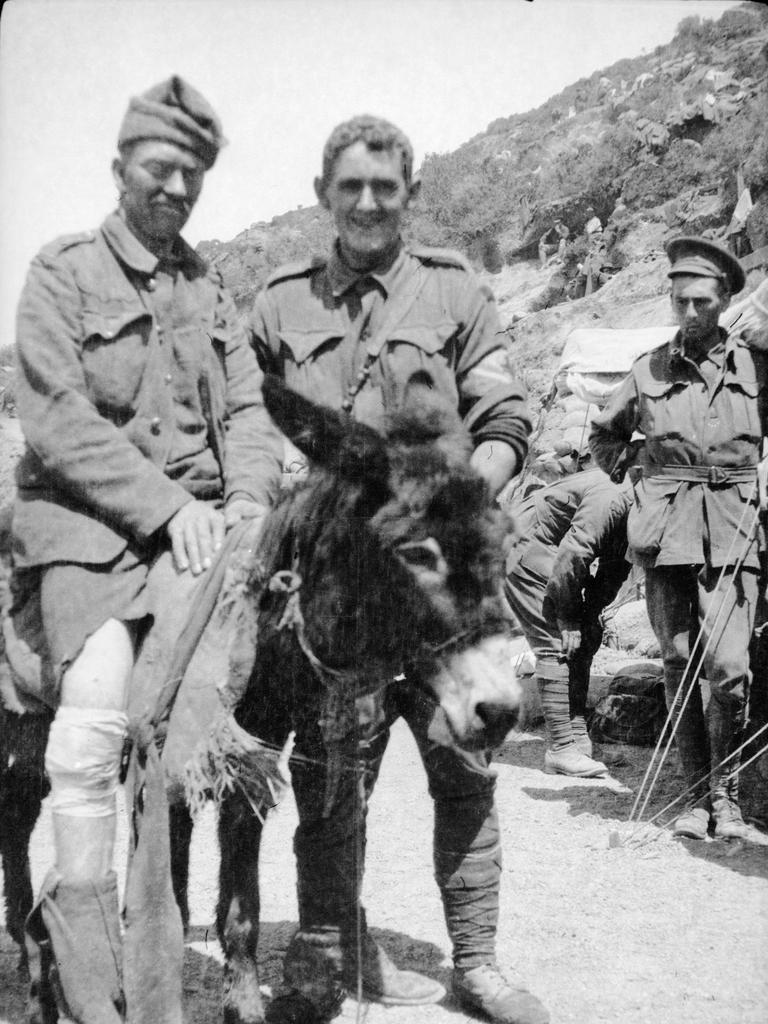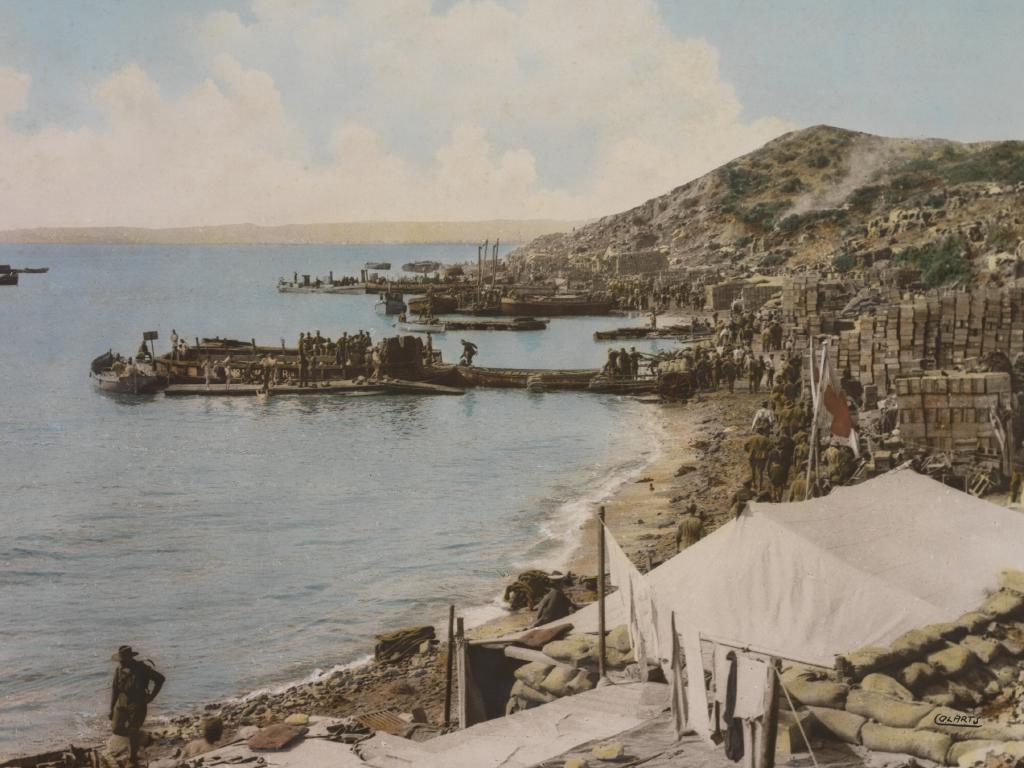Where to find grief support services in NSW
Find grief support in NSW to find solace on your healing journey and guidance on how to support someone...


This iconic image of Private John Simpson Kirkpatrick leading a donkey carrying a wounded soldier to safety during the First World War became one of the most symbolic figures of the Gallipoli campaign. This is their story.
John Simpson was a stretcher-bearer in the 3rd Australian Field Ambulance who came ashore during the Anzac landing of 25 April 1915 and was sadly killed less than 4 weeks later.
Soldiers who were wounded at Gallipoli had courageous stretcher-bearers carry them to first-aid dressing stations on the beach at Anzac Cove. Often under heavy fire and manpower stretched to its limits with the number of casualties, these men bravely worked hard to rescue their comrades. One of the best known stretcher-bearers was John Simpson who commandeered donkeys to transport wounded men down to the beach. It is believed that Simpson was likely the first Gallipoli stretcher-bearer to use a donkey to transport men.

The legend around Simpson suggests he saved seriously wounded men however it is more likely only those with relatively minor wounds. Men with more life-threatening injuries wouldn't have been able to ride a donkey down the steep valley, even with Simpson's help.
Nevertheless, The Man with the Donkey is an iconic story that "epitomises the courage and compassion of the Australian soldier."
Twenty-two years old, English-born, John Simpson Kirkpatrick was a field ambulance stretcher bearer who became a national hero. Deserting the merchant navy in 1910, Simpson travelled around Australia for 3 years leading up to World War I, taking various jobs such as cane cutting in Queensland, coal mining in NSW and stoker and greaser on Australian coastal ships.
Following the outbreak of war, Simpson enlisted in the Australian Army, apparently hoping it would give him the chance to get back home to England. This was not the case however and he instead found himself posted to the 3rd Field Ambulance and landed at Gallipoli ANZAC Cove on 25 April 1915.
Simpson was recklessly independent in war, but when instructed to recover and help wounded men he did so with focus and enthusiasm. Spotting a small donkey he decided to use the animal to help him carry men down from the front line. Often under heavy fire, it is believed Simpson would sing and whistle, seemingly ignoring the shell fire flying all around him and instead tended to his comrades. Colonel (later General) John Monash said of this:

"Private Simpson and his little beast earned the admiration of everyone at the upper end of the valley. They worked all day and night throughout the whole period since the landing, and the help rendered to the wounded was invaluable. Simpson knew no fear and moved unconcernedly amid shrapnel and rifle fire, steadily carrying out his self-imposed task day by day, and he frequently earned the applause of the personnel for his many fearless rescues of wounded men from areas subject to rifle and shrapnel fire."
Simpson was sadly killed on 19 May 1915, less than 4 weeks after landing. Killed by a Turkish bullet during one of his treks up Monash Valley to rescue wounded men. Private Victor Laidlaw, with the 2nd Field Ambulance, wrote in his diary of Simpson's death:
"Another fatality I found out today - was a private in the 1st Field Ambulance, he had been working between the base and the firing line bringing down wounded on a donkey, he had done invaluable service to our cause. One day he was bringing down a man from the trenches and coming down an incline he was shot right through the heart, it is regretted on all sides as this chap was noticed by all, and everybody got to know him, one couldn't miss him as he used to always work with his donkey, cheerful and willing, this man goes to his death as a soldier."

John Simpson Kirkpatrick's bravery became one of the most prominent symbols of "Australian courage and tenacity" on Gallipoli.
What makes Simpson's story particularly interesting, is that unlike other celebrated men from the Gallipoli campaign, he was a non-combatant. The decades that have followed there have been requests for Simpson to be awarded a Victoria Cross and although no medals, he is commemorated in artworks and books around the world and a bronze sculpture at the Australian War Memorial, New Zealand War Memorial as well as bronze sculptures in Melbourne and Adelaide.

The inscription on the memorial reads:
"After the landing at Gallipoli, Simpson, with his little donkey, worked alone day and night taking water to the front line, and carrying the wounded back to the dressing stations. He and his donkey were killed by shrapnel-shell on May 19, 1915." Simpson was mentioned in despatches by Sir lan Hamilton, Commander-in -Chief of the Mediterranean Expeditionary Forces. The inscription on the front of the base reads: "The Man With The Donkey, "April 25 to May 19, 1915. In commemoration of the valour and compassion of the Australian soldier."
"His story is set in stone ... but it is in part the story of every man at Anzac Cove." Justin Lees
By Kirsten Jakubenko
Sources: